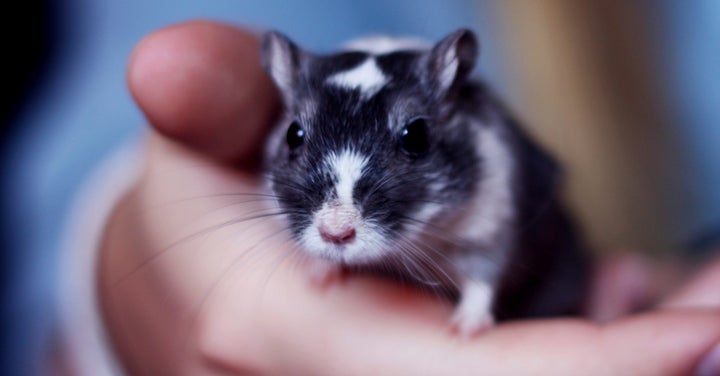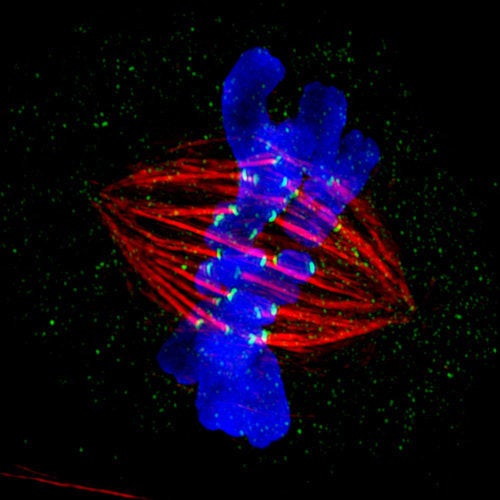
From the two-tone coats of cats that look like they're sporting dapper tuxedos to the distinctive piebald patterns flaunted by some horses, many animals that we've grown to love have fur marked by white patches. But where do these patches come from?
Scientists previously thought that piebald patterns form when pigment-producing cells move too slowly to cover the entire body of a mammal while it's still growing in the womb, resulting in white patches on the skin and fur.
A new study published Wednesday contradicts that theory. Piebald patches may actually result from a failure of pigment-producing cells to multiply, Dr. Ian Jackson, professor of genetics at the University of Edinburgh in Scotland and a co-author of the study, told The Huffington Post.
"These cells originate from alongside the developing spinal cord and move through the developing skin so that they cover the whole body," he said. "The piebald patches on animals, including humans, are almost always caused by a failure of these cells to fully populate the whole skin."
For the study, published in the journal Nature Communications, the researchers took a close look at how pigment-producing cells behave in mouse embryos that have a mutated gene called Kit, since such gene mutations are linked to piebald patches. Then, the researchers created a math model based on their observations.
“In addition to Kit, there are many other genes that can create piebald patterns," Dr. Christian Yates, a mathematical biologist at the University of Bath in England and a co-author of the study, told The Telegraph. "The mathematical model can explain piebald patterns regardless of the genes involved."

The model showed that although there were not enough pigment-producing cells to cover a mouse's whole body, they efficiently moved at random and spread though the whole skin. The discovery was quite a surprise, Dr. Richard Mort, a research fellow at the University of Edinburgh and a co-author of the study, said in a statement.
"Using a mathematical model we were then able to show that this simple process could explain piebald patterns," he said.
Because the model describes the movement and growth of cells, the researchers noted that it could be used to help scientists better understand genetic diseases associated with a deficit of cells moving to the right positions in the body. Such diseases include Waardenburg syndrome, which can cause hearing loss and changes in pigmentation on the body, and Hirschsprung's disease, which impacts the large intestine.
"We are unpicking an important fundamental principle in developmental biology," Jackson said.
Also on HuffPost:

